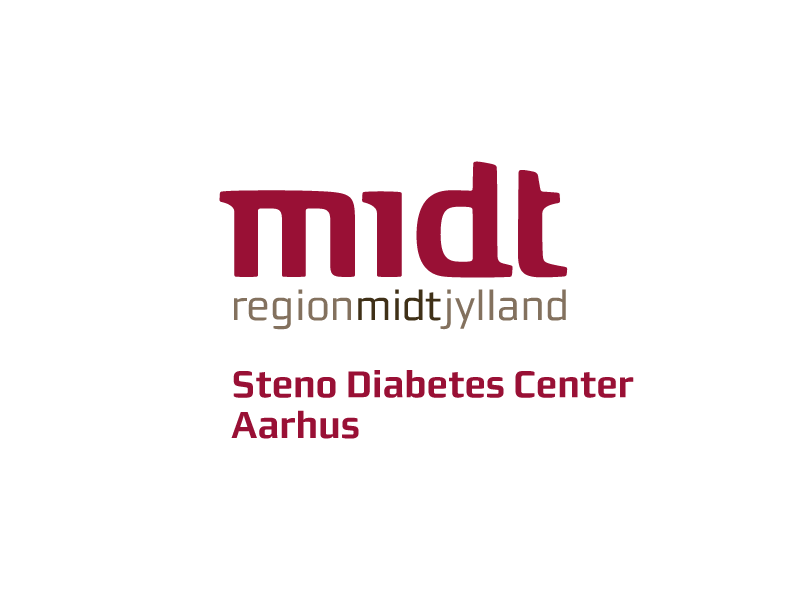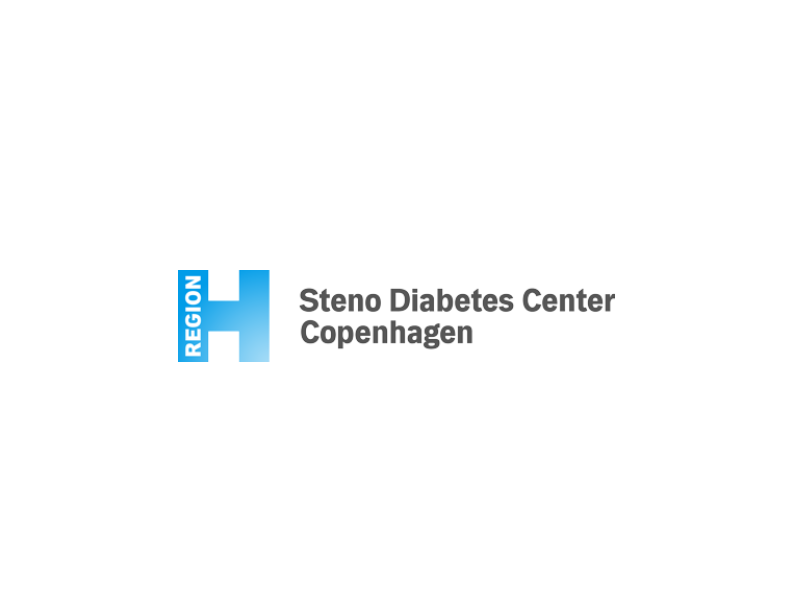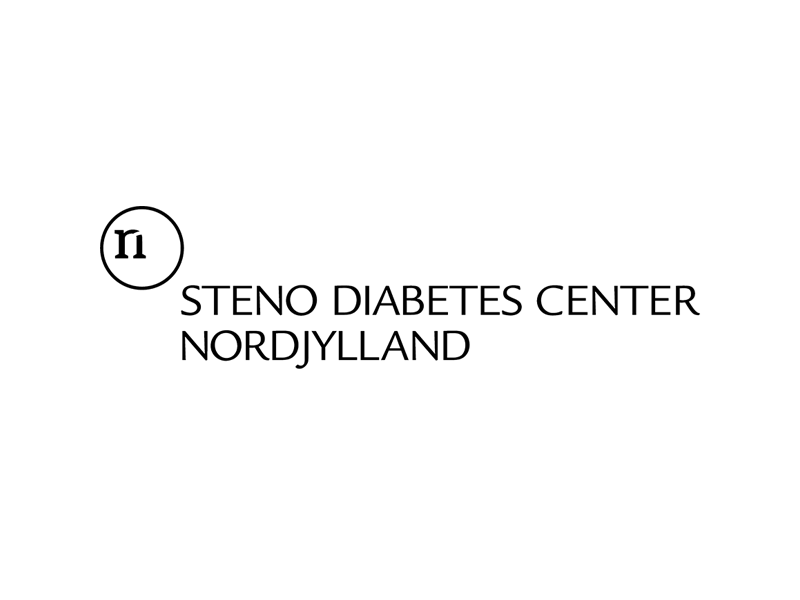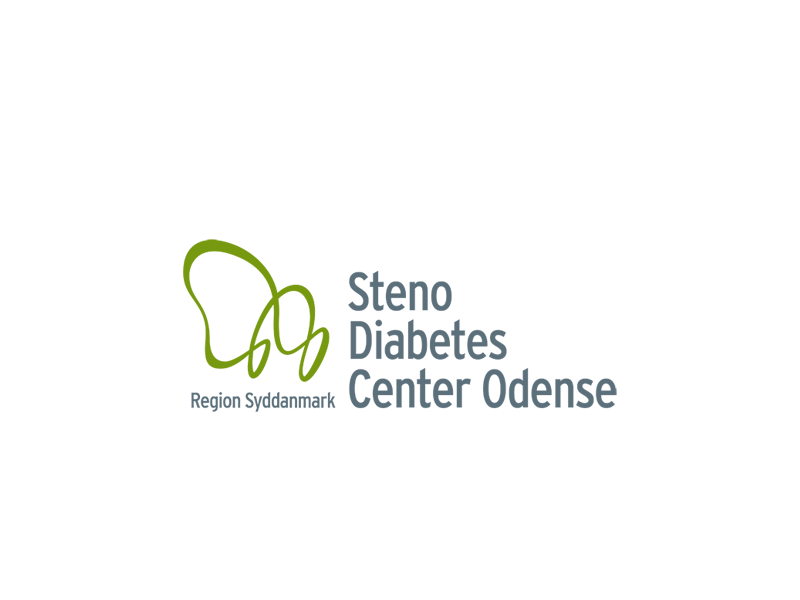Dansk resumé
Dette forskningsprojekt sigter mod tidlig opdagelse og screening af kræft i bugspytkirtlen ved at undersøge dens komplekse sammenhæng med type 2 diabetes mellitus (T2DM), med fokus på nyopstået diabetes. Vi anvender avancerede epidemiologiske og kunstig intelligens-teknikker og benytter omfattende data fra de danske nationale sundhedsregistre. Disse data inkluderer hospitalsdiagnoser, laboratorieværdier, medicinforbrug, kliniske notater og dødsregistreringer. Ved hjælp af proteinanalyse af 5400 plasma proteiner (Olink), vil vi udvikle to diagnostiske plasmaprotein-signaturer for tidlig opdagelse af kræft i bugspytkirtlen hos personer med eller uden diabetes. Disse signaturer vil sammen med registerdata blive brugt til at træne kunstig intelligens-modeller til at forudsige bugspytkirtelkræft tidligt.
Abstract
This research initiative aims to pioneer early detection and screening of pancreatic ductal adenocarcinoma (PDAC) by stratifying its complex comorbidity with diabetes, such as new-onset diabetes (NOD). Employing cutting-edge epidemiological and artificial intelligence (AI) techniques, the project will leverage and link extensive amounts of molecular level data along with temporal data from population-wide Danish national health registries and electronic health records. These rich data sources encompass hospital diagnoses, procedures, laboratory values, anthropometrics, clinical narratives, primary treatment with chemotherapy or resection, and death registrations among others. We will identify the molecular proteomics signatures in patients with PDAC testing 5400 plasma proteins using the Olink method and develop two diagnostic plasma protein signatures (up to 21 proteins) for early detection of low stage I/II PDAC in patients with and without diabetes. These proteomic signatures will be linked with the multimodal healthy-to-disease trajectories and used for training AI models to predict PDAC onset early-on including validation in prospective studies.
Formål
- Stratifying the diabetes-PDAC comorbidity spectrum using multimodal trajectories spanning primary to secondary care data.
- Exploring the plasma proteome of PDAC patients, with or without T2DM, and develop two diagnostic plasma protein signatures.
- Building multimodal, explainable, and clinically applicable AI models to predict patients at high risk of PDAC.
- Prospective follow-up study on a diabetes cohort and a cohort at risk of PDAC.
Studiepopulation
Patients with newly diagnosed type 2 diabetes (< 2 years).




